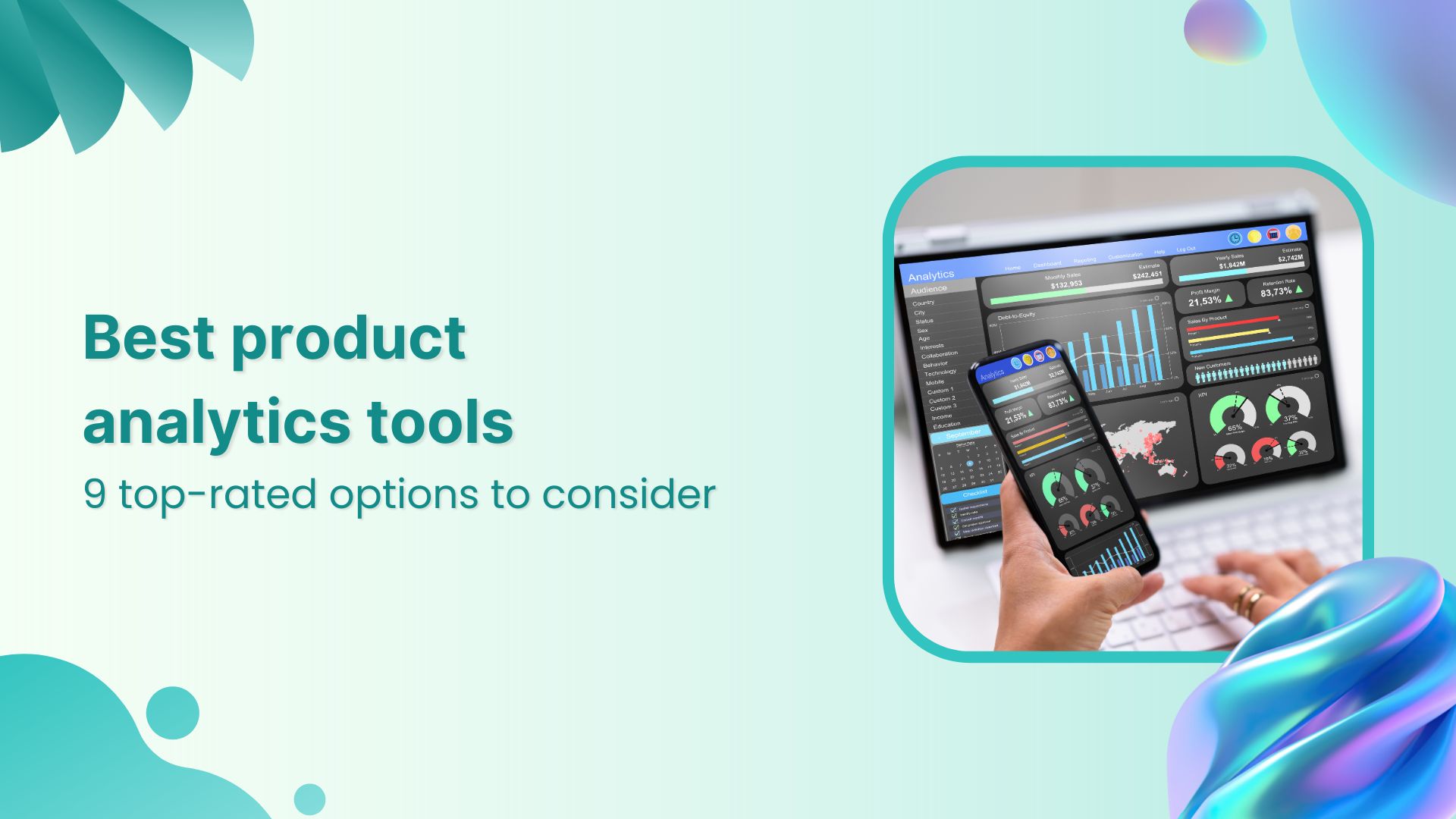Successful client reporting is essential to open communication and success in the ever-changing world of agency-client interactions.
A well-written client report fits the goals and expectations of the client in addition to providing a summary of important statistics and milestones. Agencies may build trust, allow clients to make educated decisions, and show the value of their services by giving clients a clear story and practical insights.



Dive into this article to learn about client reporting, how we can prepare it, what you should include in different marketing reports, the benefits of client reporting, and the 20 powerful tips to elevate your agency’s client reporting.
What is client reporting?



Client reporting is an organized method companies and service providers use to give their clients important data, insights, and performance measurements.
Its goal is to update clients on the status, outcomes, and significance of projects or services. Maintaining honesty, building confidence, and showcasing the value of the benefits given all depend on client reporting.
Agencies usually summarize data related to marketing or advertising campaigns in their client reports, giving clients a thorough understanding of the campaign’s effectiveness. This might include statistics like website traffic, conversion rates, social media engagement, and other important key performance indicators (KPIs).
A client report from a digital marketing agency might, for instance, highlight how a recent social media campaign raised website traffic, lead generation, or brand exposure.
Presenting investment portfolio performance, including returns, risks, and market trends, is a part of client reporting in the financial services industry. These reports are used by investors to help them decide on their financial plans.
For example, an asset management company may give a client report that details how well the customer’s investment portfolio performed over a given time frame, evaluates it against essential benchmarks and provides market conditions information.
Software development teams frequently communicate to their clients on the status of a project, giving them regular updates on its progress. Reports may include deadlines for future outcomes, tasks that have been finished, achievements reached, and possible obstacles.
By doing this, it is made sure that clients can see how the project is being developed and can offer suggestions or decide on its course.
At its core, client reporting is a flexible instrument that works in several sectors to promote responsibility, honesty, and communication between service providers and their customers. It acts as a link for cooperation and understanding, bringing expectations into line and promoting well-informed decision-making.
Also Read: Social Media Customer Service: Proven Tips to Solve Customer Complaints
How do you prepare a client report?
To convey essential insights or discoveries, information must be arranged and presented clearly and organized while creating a client report.
When putting together a client report, keep the following things in mind:
Understand the audience



First, determine the report’s intended audience, such as executives, stakeholders, or particular departments.
Read Up: The Secret of Social Media Management: Making Your Audience Better
Adjust the report’s language and material to the audience’s interest level and degree of experience.
Consider the report’s goal and any decisions or actions the audience might need to take in light of the facts.
Define objectives and key messages
Clearly state what the report’s aims are. What messages do you wish to convey to the client, and what steps do you want them to take?
Determine and rank the most important messages that support the goals. Concentrate on the details that are the most crucial and vital to the audience.
Structure the report
Provide a critical and well-structured framework for the report. An introduction, approach, results, analysis, suggestions, and conclusion are typical organizational components.
Use bullet points, subheadings, and headings to make the text easier to navigate. Make sure the report flows well and guides the reader through it.
Visual Aids and Presentation



Present complex material in a way that is easier to access and comprehend using visual aids like tables, graphs, and charts. Ensure all visual components are clearly identified and properly connected to the report’s content.
Achieve a balance between giving the reader just enough information to grasp the point and not giving too much.
Provide context and analysis
Place the data or conclusions in the larger framework of the business or industry. Provide a perceptive examination and understanding of the information.
Social Media Analytics Fine-tune your social media strategy for success with in-depth analytics and white-labeled reports.


Assist the customer in realizing the importance and ramifications of the information provided. Talk about any possible restrictions or difficulties with the data and analysis.
Clear recommendations and next steps



Clearly stated suggestions derived from the report’s conclusions. Give the client suggestions or next steps that they can take immediately.
Ensure the suggestions align with the goals and main points previously stated in the report.
Before submitting the report to the customer, don’t forget to proofread it for accuracy, consistency, and clarity. Effective communication and decision-making depend on the report’s customized to the client’s needs and expectations.
What should you include in different types of marketing client reports?
Are you wondering what should be in a client report? Well, a detailed summary of the project’s process, significant accomplishments, problems faced, and solutions used should all be included in a client report. Provide statistics and data that are pertinent to the objectives of the client.
Include suggestions and ideas for the future to maintain openness and promote a cooperative client-provider relationship.
Several marketing client reports should include the further-mentioned details:
Social media marketing (SMM) report
In an SMM client report, prioritize important KPIs like reach, follower growth, and engagement rates. Explain the results of specific initiatives, highlighting the influence on audience engagement and brand awareness.
Provide information about existing trends, demographic involvement, and well-liked material. Talk about content growth and enhancement tactics and explain how social media initiatives support more general marketing objectives.
Search engine optimisation (SEO) report



Organic search performance should be the main topic of SEO reporting. Provide information on click-through rates, keyword rankings, and website traffic. Determine what needs improvement and develop content and on-page element optimization techniques.
Deliver information about market trends and the performance of your competitors. Give examples of how SEO works to get more exposure and natural traffic, with a focus on the effects on lead generation and conversion rates.
Pay-per-click (PPC) report
Provide important statistics for PPC reporting, such as cost per conversion, click-through rates, and conversion rates. Emphasize the return on advertising expenditure while highlighting the effectiveness of certain ad groups and campaigns.
Talk about any A/B testing (split testing) findings and any tweaks made to enhance the campaign’s effectiveness. Give a detailed explanation of the budget’s distribution and how it affects the marketing plan.
Progress update report
A general progress update report should include a detailed evaluation of marketing initiatives. Provide an overview of the accomplishments, difficulties encountered, and steps taken. Offer essential performance statistics that are important to the marketing plan.
Talk about any modifications to the marketing plan, future goals, and strategy changes. This report thoroughly overviews the client’s marketing environment and tracks progress toward set goals.
Research report
Research reports must be thorough and based on facts. Provide methods, important conclusions, and practical advice. Any changes in customer behavior, market trends, or competitive analysis should be presented clearly.
Make use of visual aids like graphs and charts to improve comprehension. Talk about the effects on the client’s marketing plan and suggestions for adjusting to the ever-changing market.
A well-written research report has to provide the client with strategic data so they may make well-informed decisions.
What are the benefits of client reporting?
Several advantages of client reporting support relationship-building, honesty, and efficient communication. Here are six main advantages, each with an example:
-
Enhances communication



A systematic and consistent method of communication is offered through regular client reports, which guarantee that clients are updated on the status of the project, important deadlines, and any problems or difficulties. This keeps lines of communication transparent and open.
-
Demonstrates value and ROI



Customer reviews can highlight the benefits that a product or service offers. For example, an advertising campaign’s performance indicators could be provided by a marketing agency to show the ROI (return on investment) in terms of higher website traffic, leads, or sales.
-
Builds trust and credibility



Transparent reporting gives clients accurate and trustworthy information, which builds confidence. One way a financial advisor can demonstrate their expertise and dedication to a client’s financial objectives is by providing frequent reports that track the progress of the client’s investment portfolio.
Facilitates decision-making



Client reports that are comprehensive and well-structured to help clients make wise choices. Within the project management framework, a report could define several project alternatives, corresponding expenses, and possible hazards, granting the customer the ability to develop strategic choices based on thorough data.
Identifies areas for improvement
Client reports can identify areas that require improvement through performance indicators and feedback. For example, a software development team might submit a report with user input highlighting particular features or functionalities that need improvement in the upcoming development cycle.
Strengthen long-term relationships



By demonstrating a dedication to the success of their clients, consistent and intelligent reporting fosters long-term connections. Reports on patient outcomes and wellness programs, for example, could be given by healthcare providers to show their commitment to their patient’s well-being and to build a sense of cooperation.
All things considered, client reporting is a strategic instrument that does more than merely provide clients with updates; by promoting comprehension, trust, and cooperation, it actively supports the success of client relationships.
20 powerful tips to elevate your agency’s client reporting
Enhancing an agency’s client reporting is essential for promoting honesty, proving worth, and establishing credibility. In addition to highlighting accomplishments, a well-written and informative report offers practical insights that support client objectives.
This improves client happiness and the agency’s reputation by fostering stronger relationships and improved communication.
Here are 20 powerful tips to elevate your agency’s client reporting:
-
Visualize data effectively



Effectively depict data with charts, graphs, and dashboards that are simple to understand and brief for impactful client reporting.
Design visualizations with essential statistics, trends, and accomplishments highlighted. Put simplicity first.
This will help with communication and client understanding by presenting complex information in an understandable style.
-
Personalize reports
Customize reports by highlighting important KPIs, relating insights to the client’s industry, and aligning with their goals. Consider customer preferences, use their branding, and present accomplishments that align with their goals.
Their personal touch strengthens the relationship and increases the overall effect of the client reports that your agency provides.
-
Include comparative analysis
Use comparative analysis to improve client reporting. Compare the performance of your clients to that of your competitors and the industry standards to provide a helpful perspective.
Depth is added by highlighting strengths and pinpointing areas for growth compared to rivals. This promotes a better grasp of success indicators and accelerates strategic decision-making.
Here’s how you can effectively do so using ContentStudio:
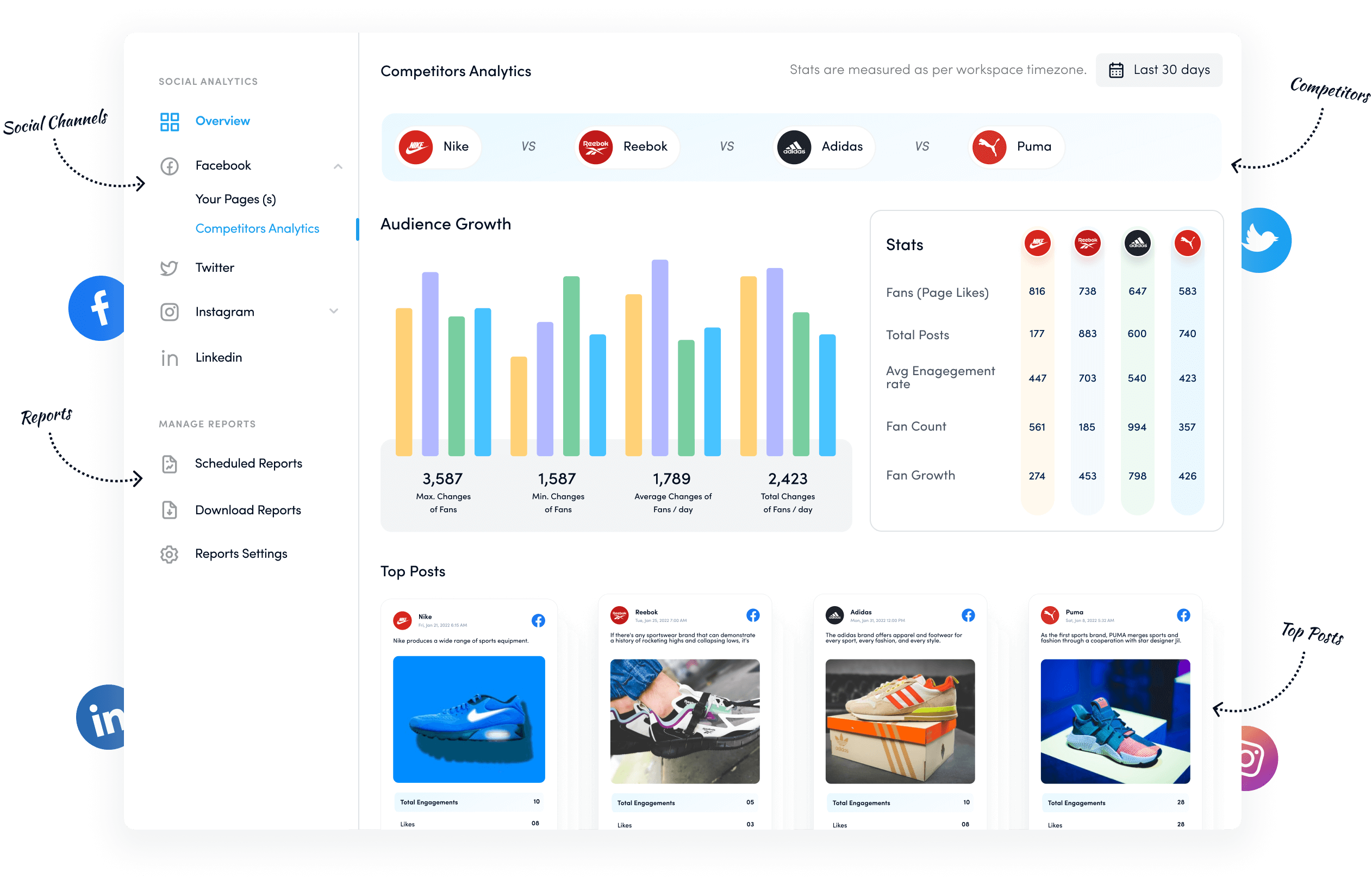


-
Interactive dashboards
Construct interactive dashboards with Tableau or Power BI tools. Include accessible capabilities, filters, and dynamic charts to give customers more control over how they view the data.
This takes your agency’s client reporting to a new level of interaction and effect by increasing engagement, allowing more profound understanding, and showcasing your dedication to honesty.
-
Highlight ROI
Provide clients with reports demonstrating the countable effects of your agency’s work by displaying Return on Investment (ROI).
To increase the value of your services, use actual figures and success stories to show how your techniques have improved efficiency, raised revenue, or produced other measurable outcomes.
-
Utilize infographics
Use infographics to visually represent complex data, trends, and accomplishments to improve your agency’s client reporting.
Summarize important ideas into captivating visual stories to make the content easier to understand. This enhances understanding while giving your reports a lively, eye-catching touch that increases customer impact and memory.
-
Mobile-friendly reports
Prioritize important information, use responsive design, and optimize for smaller displays to create mobile-friendly reports.
Assure easy navigation, important descriptions, and clear visualizations. To ensure accessibility, test on a range of devices. This improves client engagement and builds a favorable client-agency relationship by making crucial insights easily accessible to clients.
-
Include customer feedbacks
Include customer comments, satisfaction scores, and particular client problems in your client reports to include customer feedback.
This not only gives your agency’s performance more trust but also helps build a strong standing.
Read Up: How to Build a Better Brand Reputation With Reviews?
-
Include heat maps
Utilize heat maps when illustrating user interaction on websites or in marketing materials. Based on user engagement, identify areas that need improvement and hotspots.
-
Highlight social proofs
Highlight compliments, reviews, and mentions on social media. Post pictures of satisfied clients or quotes from encouraging remarks to build trust.
-
Interactive campaign snapshots
Add interactive components to the report, including clickable campaign images that lead to essential landing pages or other facts.
-
Showcase conversation paths
Showcase the paths to conversion and the consumer journey. To illustrate how users proceed through the sales funnel, utilize flowcharts or other illustrations.
-
Emphasize key insights
Clearly state the main conclusions and practical implications. To ensure your clients understand the importance of the information you’ve provided, summarize the most important details.
-
Implement real-time reporting
Discover the instruments available for reporting in real time. Current and insightful information is valued by clients. Real-time tracking can be set up with tools like Google Analytics and Usermaven.
-
Include performance narratives
Include stories that elucidate variations in performance. Explain the contributing variables, such as a successful social media campaign, if there was an increase in website traffic.
-
Video summaries
Think about including quick video summaries in your reports. A summary from the agency can provide a human element and improve client comprehension.
-
Interactive maps
If appropriate, include interactive maps to show variances in performance across different geographic areas. This is especially important for companies that have physical sites across the country.
-
Customer lifetime value (CLV) breakdown
To demonstrate how marketing initiatives influence over the long run, break down the customer lifetime value. Showcase the relationship between acquiring and keeping customers and ongoing revenue.
-
Dynamic ROI calculators
Include interactive ROI calculators that let clients enter various scenarios into the report. Their understanding of the possible results of strategic decisions is improved by this interactive element.
-
Continuous improvement suggestions
Conclude the report by offering practical recommendations for ongoing enhancements. Provide specific suggestions for the subsequent actions depending on the data provided, whether improving website performance or honing targeted techniques.
Amp up your client reporting with ContentStudio
The extensive features of ContentStudio will improve your client reports. A robust reporting mechanism provided by ContentStudio makes it simple to present complex data and illustrate the results of your marketing campaigns.
With ContentStudio’s user-friendly visualizations and customizable dashboards, you can create compelling and customized reports to meet your client’s goals.
The reporting feature enables you to share the performance of your social media channels in the form of customized reports. These reports are tailored to your brand color and business logo.
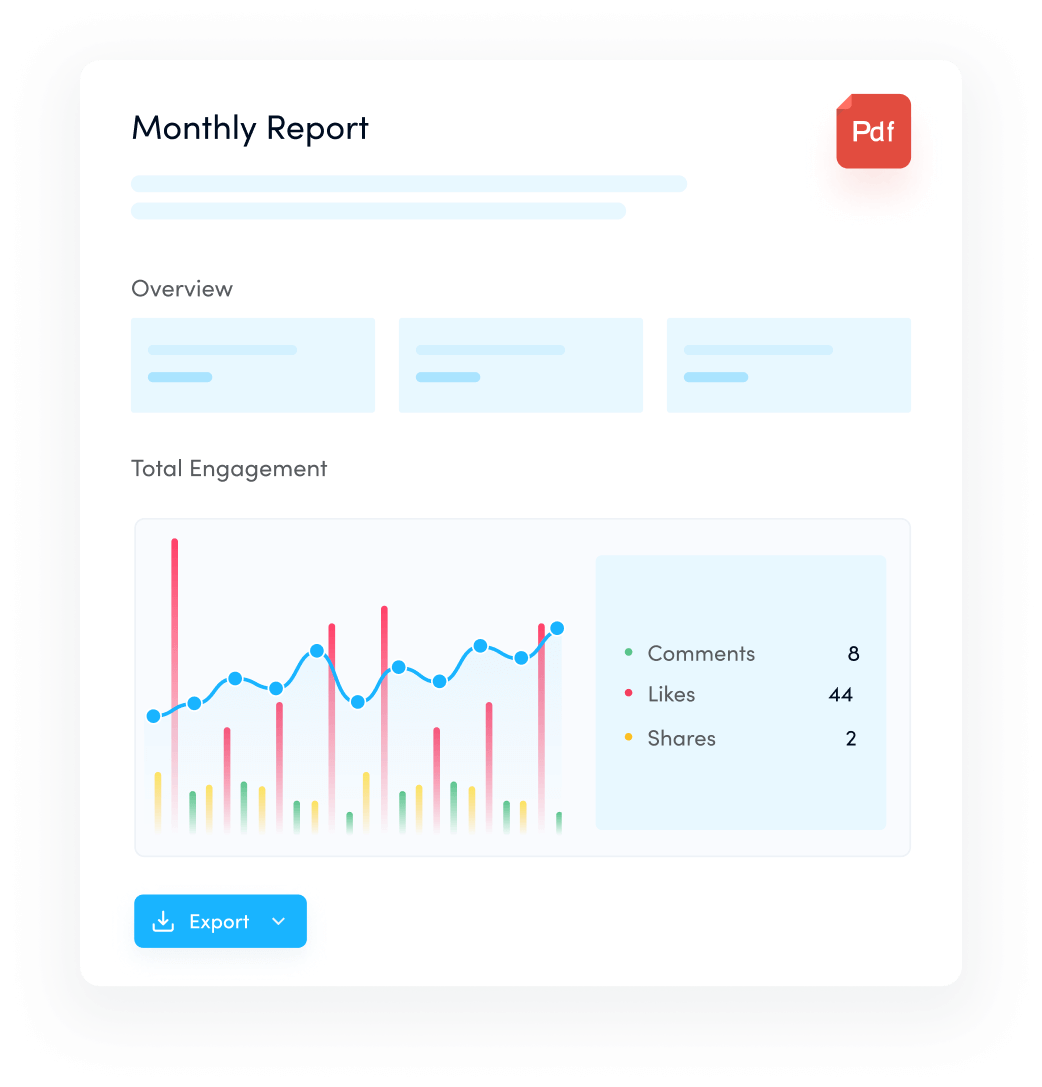


Not only this, but you can also share social success with clients through automated white-labeled reports! The process of report generation and distribution has been automated. You can periodically share your social media accomplishments with colleagues, peers, and decision-makers. Simply create a pool of 25 or fewer email addresses and set a date for the report to land in their inbox.
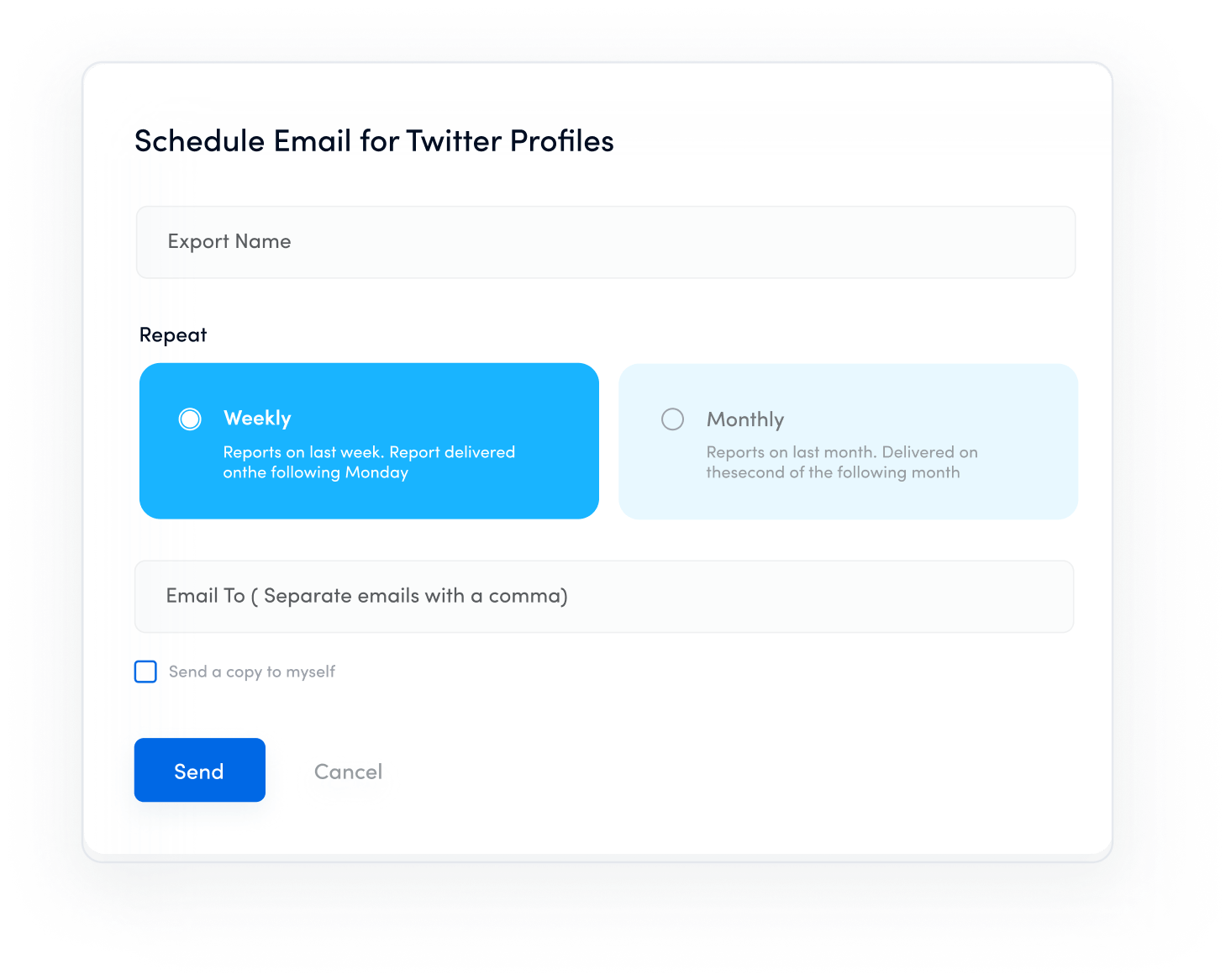


Beyond traditional analytics, the platform’s reporting tools offer comprehensive insights into campaign effectiveness, content engagement, and social media performance.
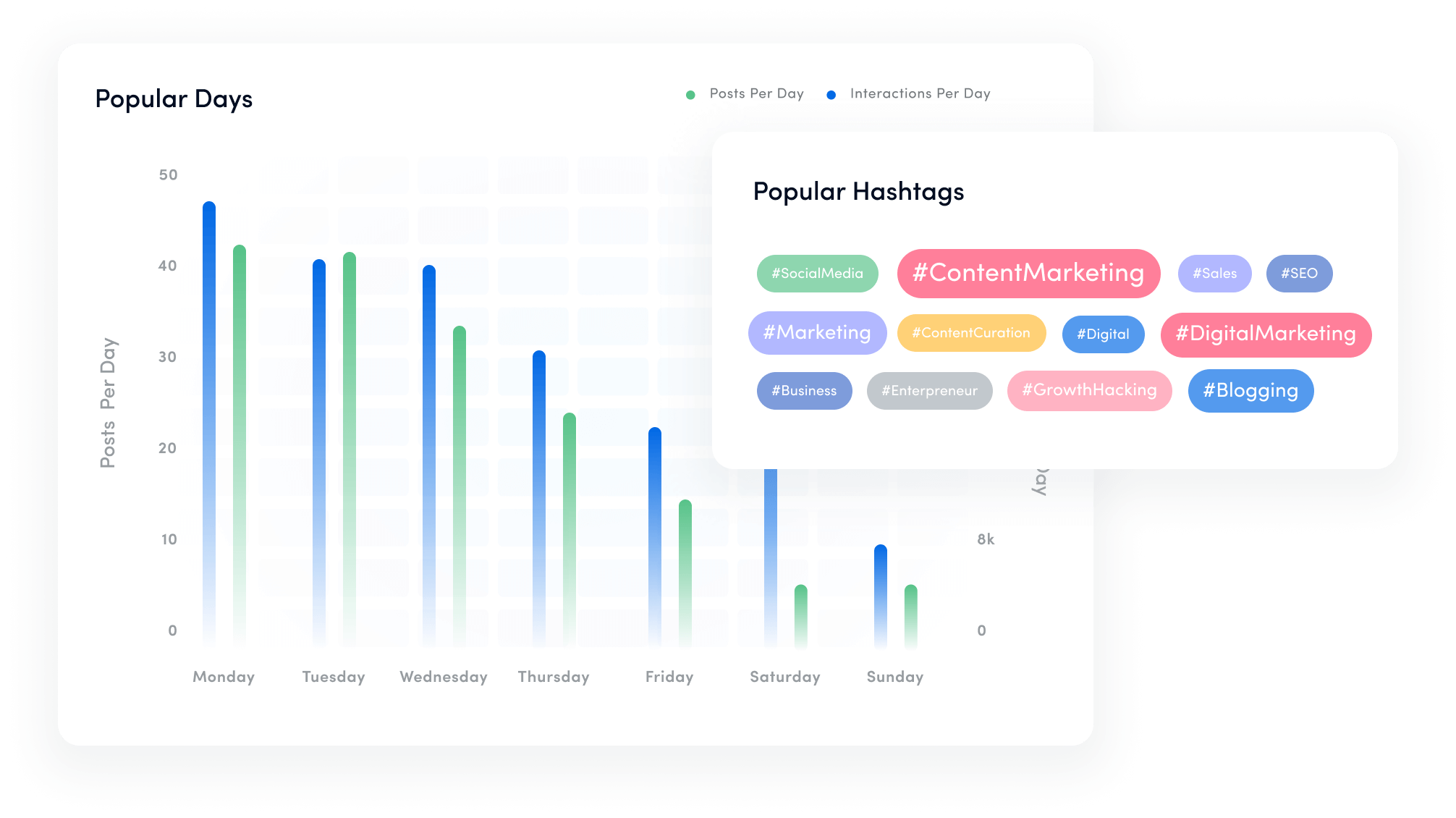


With ContentStudio, agencies can produce straightforward, visually appealing reports that resonate with clients–from dynamic charts to real-time statistics.
Use ContentStudio to up your reporting game and turn data into an engaging success story!
FAQs
-
How can visuals enhance client reports?
Reports are made more exciting and easier to understand by using visuals to break down complex data.
-
Why personalize client reports?
Personalized reports highlight accomplishments significant to the client’s goals, in line with their objectives.
-
What is the importance of real-time reporting?
Up-to-date insights are provided by real-time reporting, which informs clients and improves decision-making.
-
Why include customer testimonials in reports?
Testimonials give the agency more legitimacy by demonstrating its practical effects and encouraging client confidence.
Fizza Zaheer



